With a 'tilak' on his forehead and a 'puja thali' in his hands, Shinzo Abe's picture attending the 'Ganga aarti' alongside Prime Minister Narendra Modi at the fabled Dashashwamedh Ghat in Varanasi in 2015 symbolised his 'India connect' and reflected the very special bond he shared with the country.
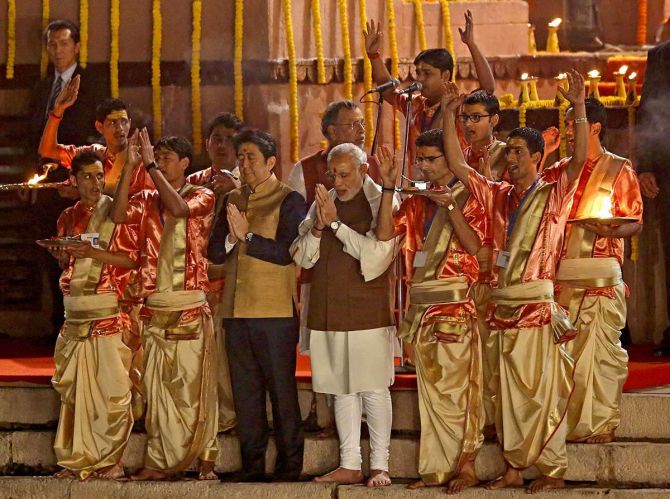
Also, dressed in a crisp 'kurta pajama' and a blue 'sadri' as he undertook a road show with Modi while heading to Sabarmati Ashram, and sitting alongside the Indian prime minister on the Sabarmati riverfront may have been eye-catching images for sure, but there was diplomacy at play as well, with the two nations forging robust economic partnerships on the sidelines of these visits.
The former Japanese prime minister's special bond with India is also evident from the fact that he was given the Padma Vibhushan -- India's second-highest civilian award -- in 2021.
Abe, 67, was shot from behind minutes after he started his speech in Nara on Friday. He was airlifted to a hospital for emergency treatment but was not breathing and his heart had stopped, according to media reports. He was later pronounced dead despite the emergency treatment.
Over the years, the camaraderie between Abe and Modi was always on display as the two were often seen sharing a light moment and paying each other compliments. Abe had described Modi as one of his most "dependable" friends.
Condoling the demise of his "dear friend" Abe, Modi, in emotional posts on Twitter, said on Friday that during his recent visit to Japan, he had the opportunity to meet Abe again and discuss many issues, but "little did I know that this would be our last meeting".
"He (Abe) was a towering global statesman, an outstanding leader, and a remarkable administrator. He dedicated his life to make Japan and the world a better place," Modi said.
Modi also lauded Abe's immense contribution to elevating India-Japan relations to the level of a Special Strategic and Global Partnership.
Abe, Japan's longest-serving prime minister, has certainly left an indelible mark on Japan-India ties and shared a great rapport not just with Modi but with former Prime Minister Manmohan Singh as well.
In 2006, Singh and Abe had factored in the new challenges, and the relationship was upgraded to a Global and Strategic Partnership with the provision of annual Prime Ministerial Summits.
In 2007, Abe became the first-ever Japanese PM to address a joint session of the Indian Parliament. Addressing the MPs, the Japanese leader recalled the time India's first PM Jawaharlal Nehru hosted Abe's maternal grandfather, the then Japanese Prime Minister Nobusuke Kishi, in New Delhi in 1957.
Abe was also the chief guest at the Republic Day parade in New Delhi in 2014.
Then came a series of annual summits where the bonhomie between Abe and Modi was there for everyone to see. Prime Minister Modi visited Japan in 2014 and during that visit, the two sides upgraded the relationship to a 'Special Strategic and Global Partnership'.
In subsequent visits, Abe and Modi included personal touch and cultural messaging to deepen the ties between the two nations further.
From the two leaders attending the 'Ganga aarti' and both leaders travelling on the 'shinkansen' (Japan's railway system) to Abe's Ahmedabad trip during which the two leaders held a road show and were clicked at the Sabarmati riverfront, the visits were high on optics and substance both.
Abe's 2017 India visit during which he visited Ahmedabad also saw the laying of the foundation of India's first bullet train project. The 508-km Mumbai-Ahmedabad high-speed corridor is being built at an estimated cost of Rs 1.1 trillion and will have 12 stations in Maharashtra and Gujarat.
The bullet train may still take some time to become operational but Abe ensured that his country's ties with India remain on a fast track.



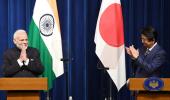




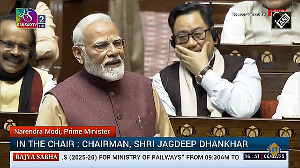
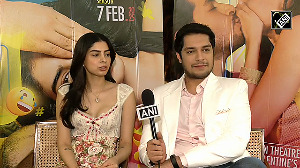
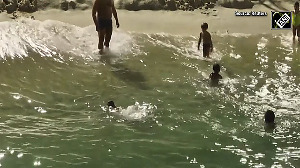
 © 2025
© 2025